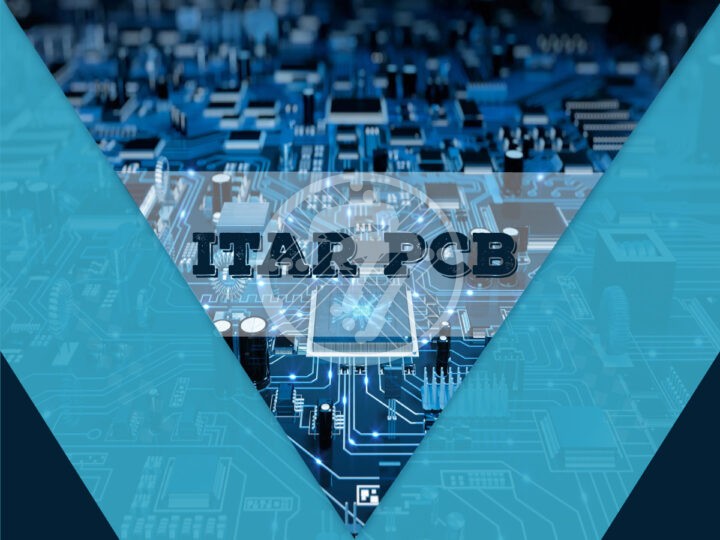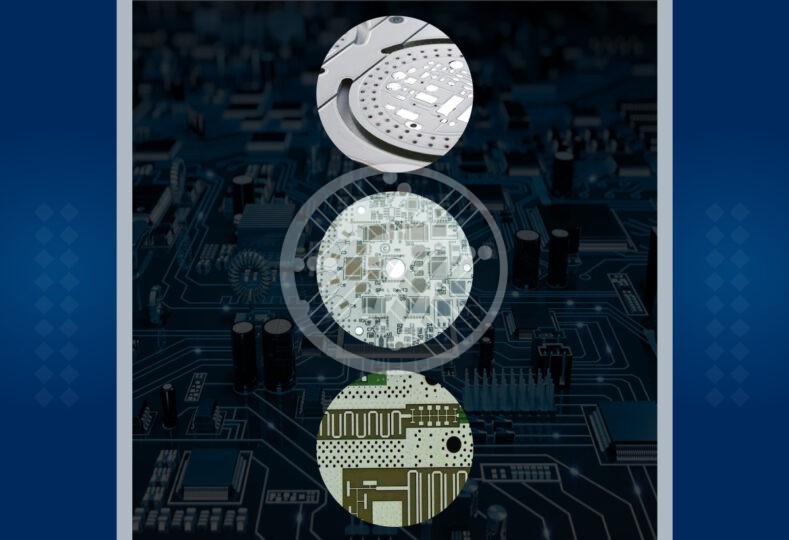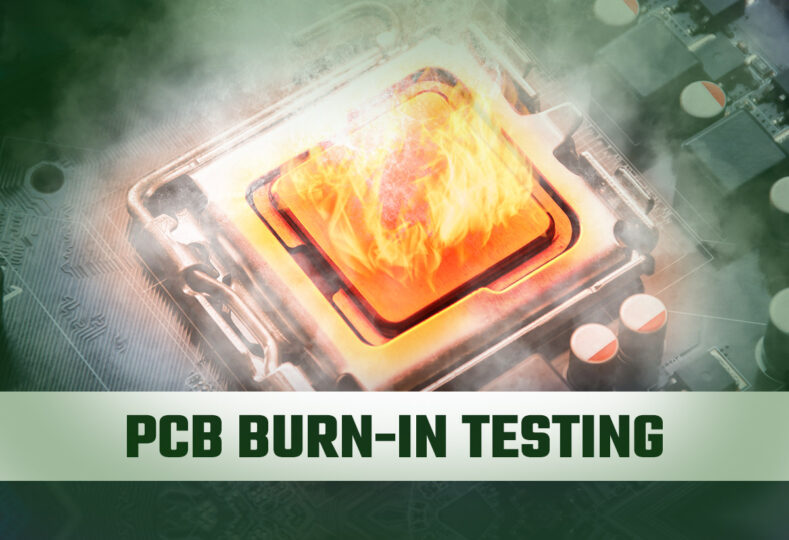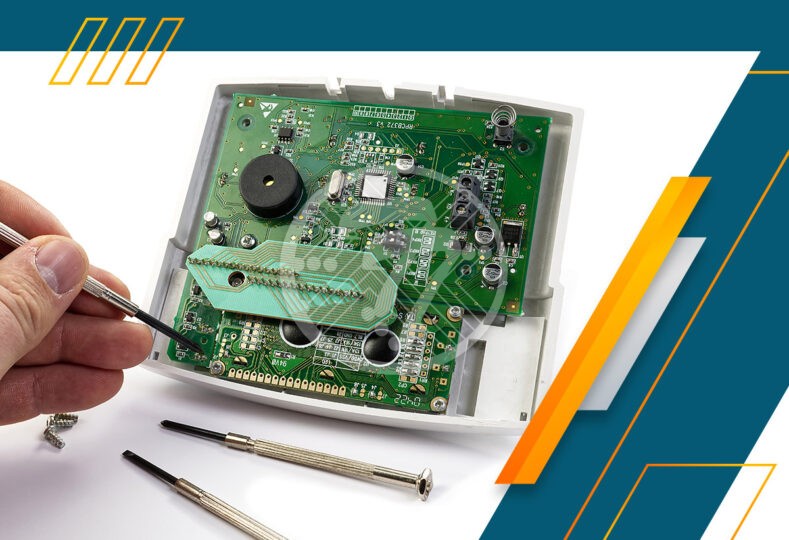Is ITAR compliance required for printed circuit boards manufacturing?

ITAR compliance refers to a regulatory system aimed at controlling the export of military and defense technology. The US Government, therefore, requires all manufacturers and exporters of defense articles to be compliant with ITAR or International Traffic in Arms Regulation. In turn this means a number of companies need to have their supply chains to be ITAR complaint based on the use the end product is being put to. If the product is included in the United States Munitions List, ITAR compliance is required.
It was in 2008 that these contractual limitations were reinforced on federal contractors. Since then, it is imperative that not just companies that provide goods to defense agencies, but also suppliers and other related parties abide by international trade laws such as ITAR
When is ITAR compliance required for PCB?
PCBs fall under Item 14 – Category II of the United States Munitions List. In manufacturing ITAR-compliant printed circuit boards, you need to ensure that access to any unauthorized source is prevented.
Under the following scenarios ITAR Compliance is mandatory:
- If the product that you are creating with the PCB is in the United States Munitions List.
- If the PCB is to be used with an item which is on the USML.
- If you are a buyer, whole seller or exporter of an item that is in the USML.
Some of the additional questions to answer for yourself to determine whether or not you need to be ITAR compliant, include:
- Is your client a defense contractor?
- Will the product be used in military or aerospace operations?
- Is your design or a part thereof, classified?
- Is your product going to be exported?
- Is the product listed on USML?
You must include your ITAR compliance in POs, contracts, and information requests. It is also important to remember that since ITAR regulation falls under the Directorate of Defense Trade controls, you need to be registered with DDTC.
How does ITAR compliance affect PCB?
With an ITAR compliance, it is made sure that the technical data for building the printed circuit board is restricted & that it cannot be shared with anyone from any other country. The information & material related to defense & military related technologies can only be shared with US organizations or people unless there is an authorization from the department of State or a special exemption.
The data typically includes the following:
- Technical Drawing
- Artwork
- CNC Data
- Netlist Information
- Manufacturing Specification
- ODB++ data
It is also important to remember that ITAR compliance is restricted not only to PCB manufacturing but also extends to PCB Assemblers. Essentially with an ITAR compliance, you make it clear that that you are aware of the law regarding the manufacture & distribution of PCB & agree to abide by it. With an ITAR certification you can sell your product as well as export it.
How to maintain ITAR compliance?
To maintain ITAR compliance, it is imperative that access to information given by the client is protected. Similarly, the electronic product should not be accessible for evaluation by any unauthorized party.
Importance of ITAR PCB Manufacturing in PCB Industry
To sum up, since PCBs find use in military application, aircraft, spacecrafts and more, an ITAR compliance becomes necessary. It ensures that you work within the law of the land. Additionally, it also makes sure that you protect your Intellectual Property.
To put it succinctly, the compliance of ITAR is needed for the following reasons:
1. Being on the right side of law
You are bound by law to comply. If you produce PCBs without compliance, you face the risk of extremely harsh consequences. In fact, it could even mean shutting down your business while the government investigates the violations. Needless to say, it can severely impact your business and the reputation you have built.
2. Security information
By ensuring compliance you protect your intellectual property and therefore have no fear as the capabilities clearly belong to you.
3. Peace of mind
That it offers complete peace of mind is a given. Being on the right side of the law you can focus on the core area of your business with peace.
Overall, ITAR compliance is necessary to work within the law and protect intellectual property in the PCB industry. At Technotronix, we have over 4 decades of experience in providing PCB industrial solutions. With over four decades of experience in delivering high-quality, on-time, competitive price products, you can bank on us for your PCB requirements.
For any kind of requirements, feel free to contact us or drop an email to us at [email protected] or call us on 714/630-9200.









